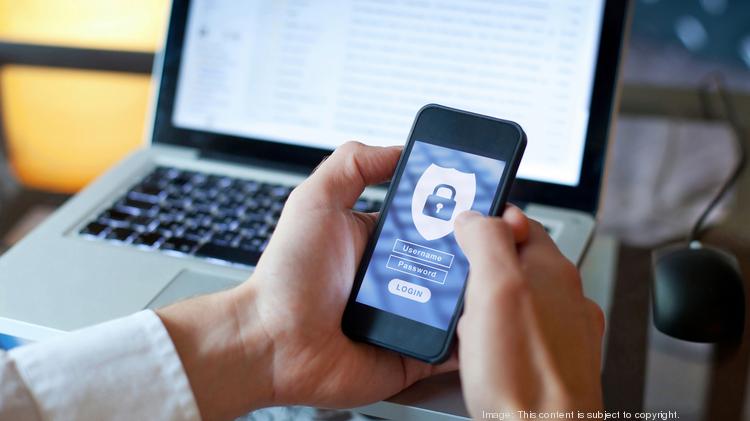It was no surprise to see how in recent years user-friendliness and cybersecurity have parted ways, unable to build a lasting bridge between them. Users are less likely to enjoy their internet experience when they have to use two-factor authentication or to prove they are not robots, but actual human beings. This is why, a new attempt is made at reconciling these two apparently opposing concepts. Let’s look at some of the developments made in this direction:
Breakthroughs in App & Web Development
When you come to think of it, it’s all about interfaces and in this respect, developers have come a long way so far. They have started eliminating annoying security checks one by one and have instead found a way to incorporate the login process directly into a webpage.
This was made with the help of new landing page templates whose ultimate great achievement is that they fill the gap between cybersecurity and user-friendliness. It was only natural for this development to finally take place and official numbers indicate that such templates will be responsible for one quarter of the entire market.
Another big saver in this aspect would be single sign-on (SSO) options that actually make it possible for cybersecurity options to harmonize with user-friendly page design. The way this works is that users can use a single identity throughout several pages and apps. Whereas this was not recommended in the past, the beauty of SSO options is that they enable users to use their credentials to manage more than just one account in complete security.
Ultimately, network integrity is another aspect we all need to take into consideration – developers especially. This is because a poor user experience may very well lead to damages to the network integrity. Let’s break it down. If end-users experience difficulty in signing in, they may very well decide to simply stay logged in to avoid the hassle of re-entering the page. However, if the experience they’re having in this direction is a positive one, they will most likely sign out and sign in again however many times necessary.
An Increase in Mobile Security
A lot more mobile device users have been steadily opting for more secure settings on their handsets. In fact, important mobile vendors have reported a sale increase for devices with safer configurations.
And it’s no wonder why. Cybercriminals know about the increasing amount of sensitive data we hold on our mobile devices and have naturally perfected their means of accessing and stealing it. Another segment of population that is at great risk when it comes to mobile security is that represented by people whose BYOD work policy implies they bring their own devices to work.
By using their own devices in the company’s interest, not only do these users give a lot more headaches to the company’s IT security administrators, but they also tend to fall prey a lot more easily to cybercriminals.
Nowadays mobile devices are used in every possible industry and hold sensitive information specific to each one of these fields. For example, in healthcare cybercriminals can get away with accessing important and confidential patient records, while in the financial sector they can easily obtain access to people’s and organizations’ funds.
However, it seems that thankfully, more and more Internet users are starting to manage their own firewalls. This can only mean that cybersecurity is headed in the right direction, with continuous improvements to back its development.
At the end of the day, it seems we’re learning pretty quickly that user-friendliness and offering a smooth Internet experience don’t necessarily mean they need to be compromised in order to also provide cybersecurity. In fact, often times users will find it’s precisely those apps that enable them to keep their private information shielded are the easiest to use. This is why developers should focus on creating interfaces that allow cybersecurity and user-friendliness to coexist, while both protecting the users and offering them a pleasant experience.
On the other hand, end-users are encouraged to take all the security measures they can against cybercrimes. This includes constantly updating their apps and operating systems, downloading security solutions and generally just following best practices when it comes to setting and using passwords. Having said this, it’s a guarantee these joint efforts from both developers and end-users will propel cybersecurity in the right direction.
